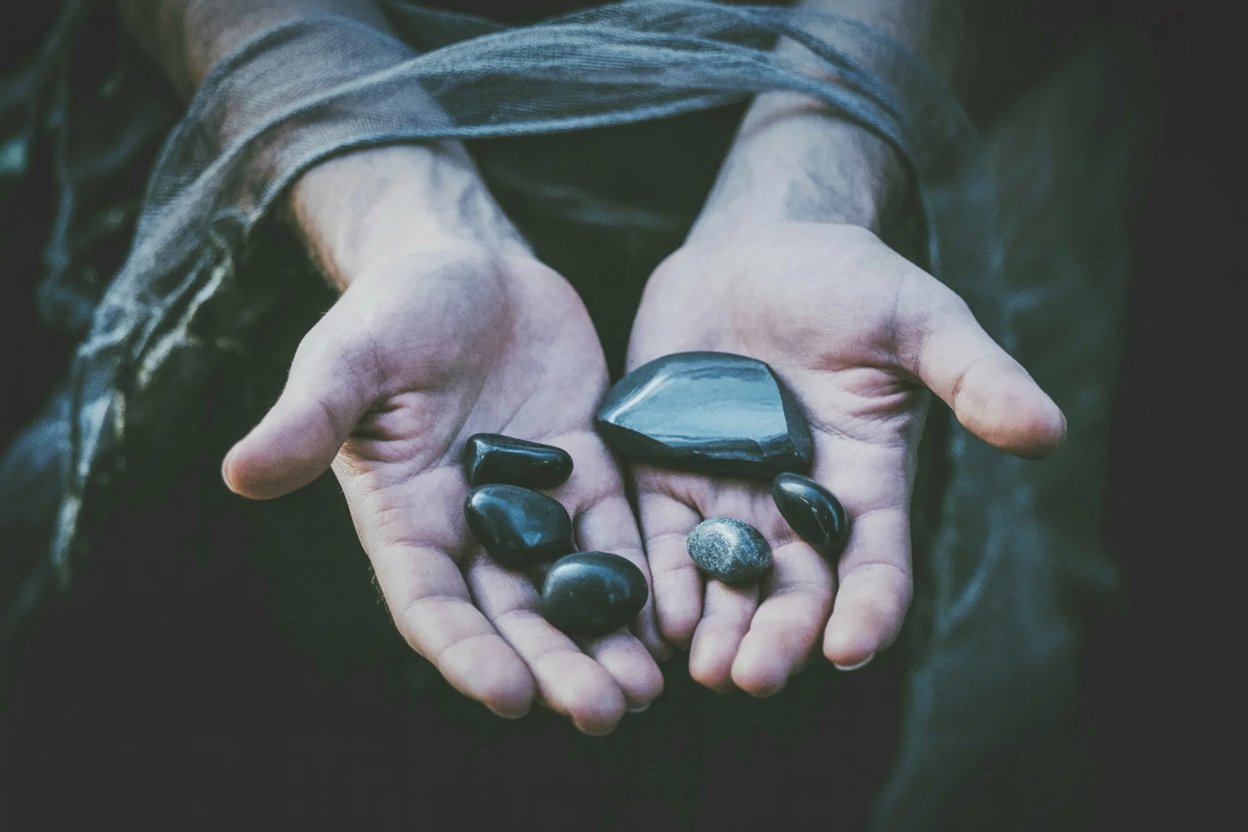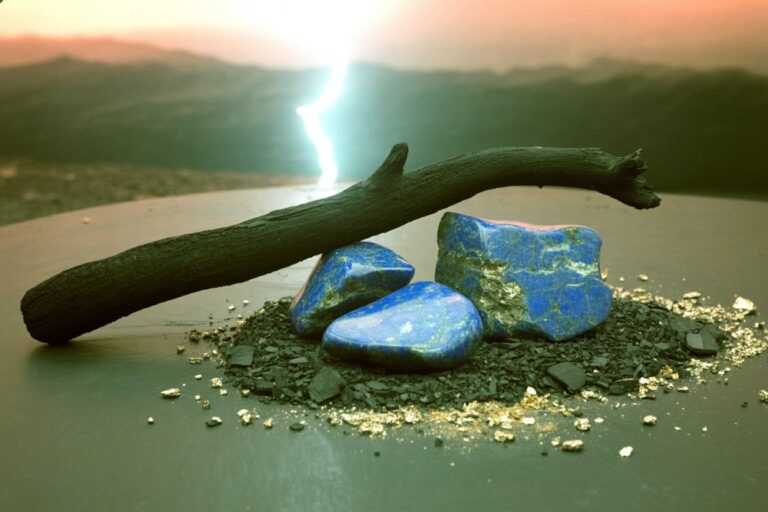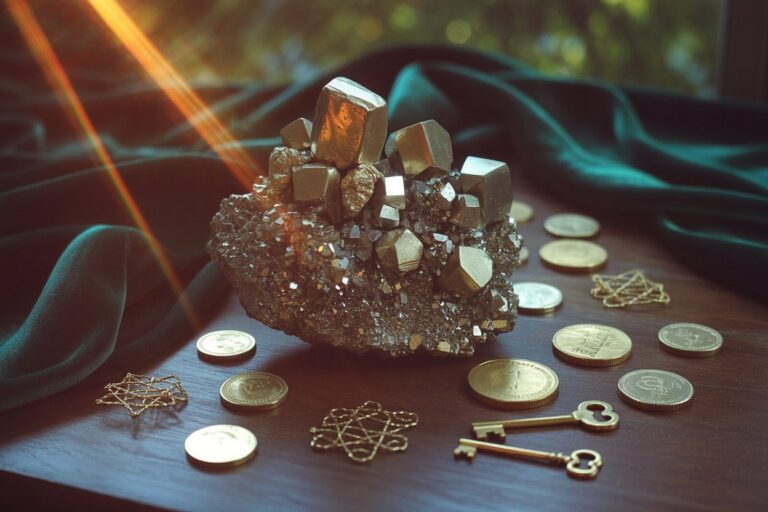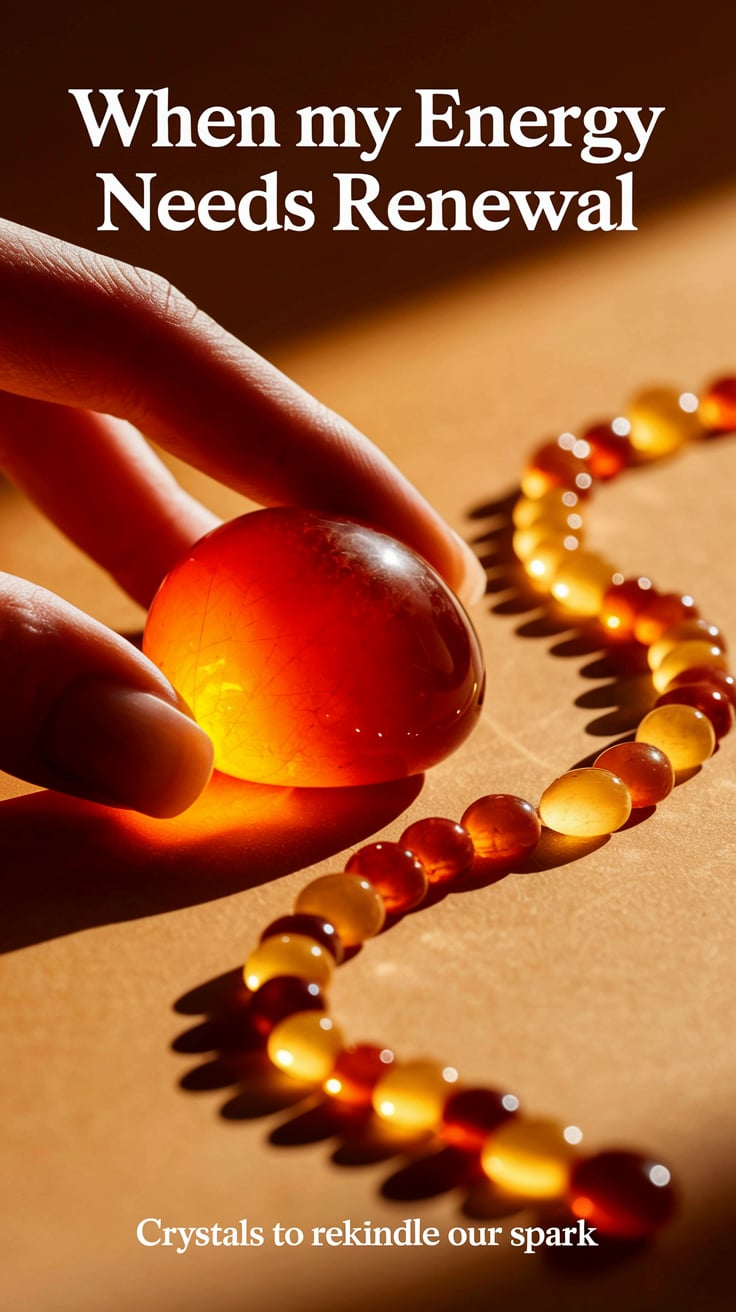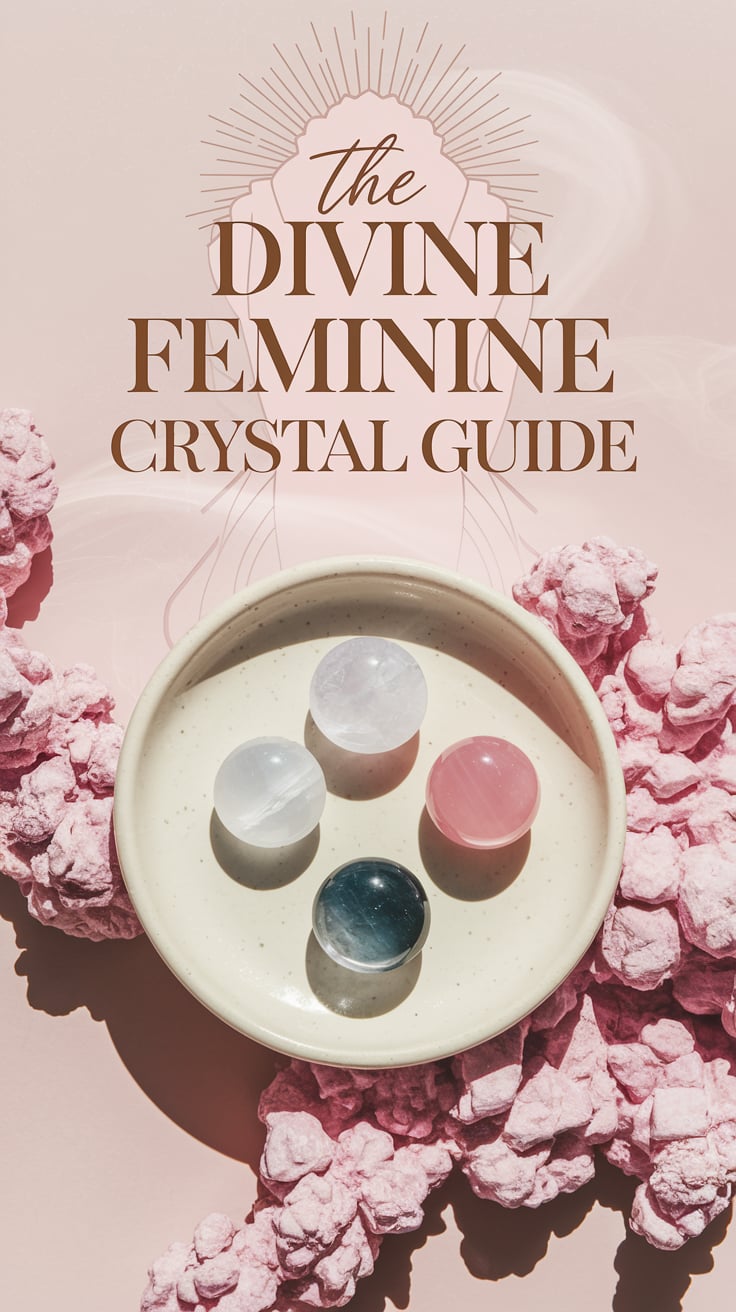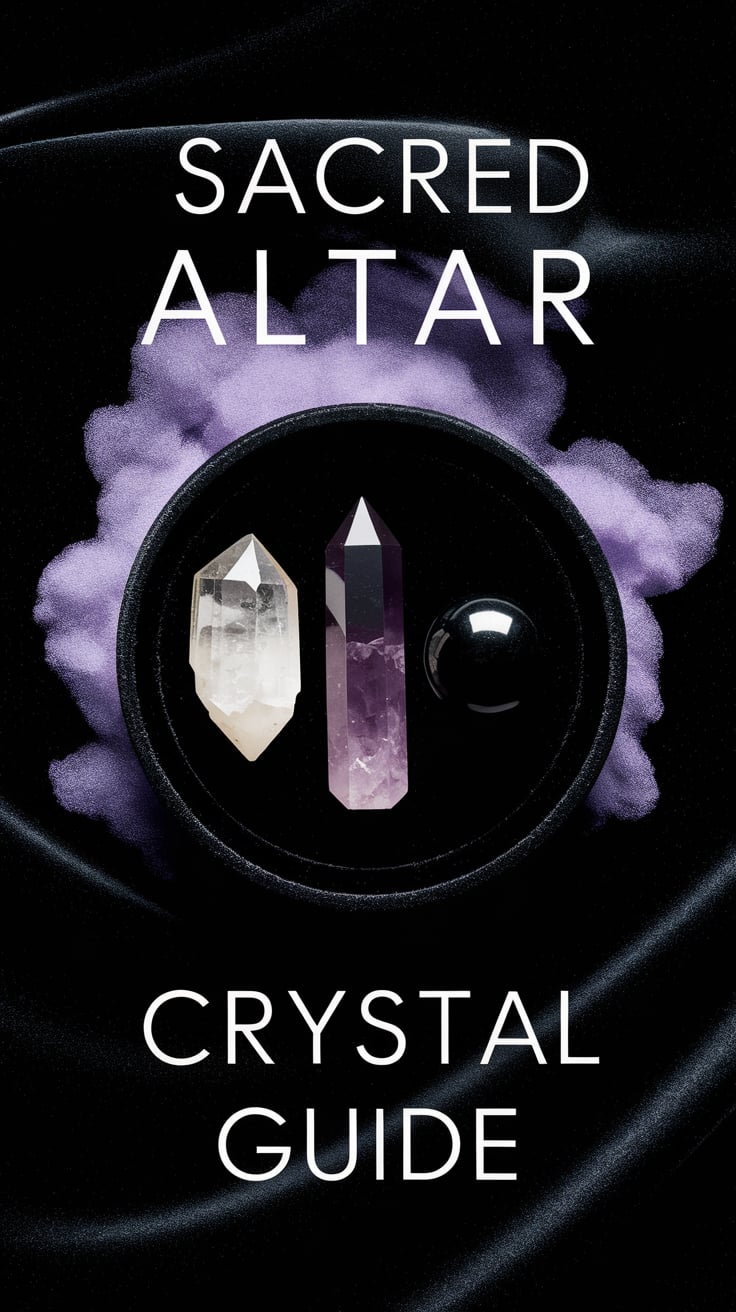Hades Crystals for Shadow Work, Grief, and Underworld Journeying
Please note that posts on this site may contain affiliate links
When you need to work with death, grief, or shadow and other approaches feel too soft, this is when Hades’ stones matter.
Hades rules the underworld and everything beneath the earth’s surface. That means all stones, minerals, gems, and metals are technically his territory. But certain crystals carry his signature more strongly: black stones for death and shadow, protective stones for boundary work, metallic stones for grounding after underworld journeys, stones associated with grief, transformation, and hidden wealth.
These correspondences come from so many domains: material origin (formed deep underground), physical properties (weight, electromagnetic shielding), historical use (mourning jewelry, funerary practices), and what the stone actually does when you use it during shadow work or ancestor communication. Unlike Hecate’s approach to the underworld, which guides you through liminal spaces and offers keys to hidden knowledge, Hades’ stones are blunt instruments. They force confrontation with mortality, hold grief without trying to heal it, and ground you back into your body after you’ve gone too deep.
Who Hades Is (Briefly)
I’ve heard a lot of people say that Hades drew the short straw after the war between gods and Titans. Zeus got the sky, Poseidon the sea, Hades the underworld.
He’s not evil. He’s stern, just, rarely leaves his realm, and the Greeks feared speaking his name directly. They called him Plouton instead, “The Wealth-Giver,” since all precious metals and gems come from underground.
His domains: the dead, mineral wealth, justice in the afterlife, inevitable endings, hidden knowledge, transformation through death. His symbols: the Helm of Darkness, keys, Cerberus, cypress trees, pomegranates, black horses. His traditional offerings include dark red wine, black coffee, mint, honey, and sharp cheeses.
Modern occultists work with him for shadow integration, ancestor communication, grief processing, accepting life transitions, and accessing power through acknowledging mortality.
Why These Crystals Connect to Hades
These correspondences and associations come from overlapping factors:
Material origin: Stones formed deep underground, in Hades’ literal domain
Physical properties: Weight, density, grounding qualities, protective electromagnetic fields
Historical use: Centuries of mourning jewelry, funerary practices, death rituals
Color and appearance: Black, dark, metallic, reflective surfaces like underworld mirrors
Energetic function: What the stone actually does when you work with it during grief or shadow work
Hades’ stones tend to be protective (he guards boundaries between living and dead), grounding (keep you anchored during underworld work), transformative (death and rebirth cycles), or connected to grief and endings.

Seven Stones for Hades
Black Obsidian
Volcanic glass formed under extreme heat and pressure deep in the earth. You look into polished obsidian expecting your reflection, but what you see is what you’ve been avoiding.
Hades connection: His torch function through Hecate. Truth-seeing without gentleness. Transformation through fire. The underworld doesn’t show comfortable things.
How to use it: Scrying with black mirrors crosses cultures and traditions. Shadow work when you need to see clearly. Obsidian works differently with Lucifer, forcing clarity by making hidden things visible. With Nyx it confronts what operates unseen: unconscious patterns, denied aspects of self. With Hades it shows you what death teaches: the parts of yourself you’ve been avoiding because you knew they’d require change. Elizabethan magician John Dee used an obsidian mirror (now in the British Museum) that was originally crafted by Aztec hands, bridging two empires through volcanic glass. During ancestor work, obsidian cuts through confusion and draws mental fog away like a magnet. Start with short sessions. Have hematite nearby for grounding. Don’t use this when you’re already destabilized. The truth it shows is usually the truth you actually need, but it comes fast.
Black Tourmaline
Formed deep underground, literally from Hades’ realm. Creates measurable electromagnetic shielding, which matters if you think protection involves actual physical properties and not just symbolism.
Hades connection: Boundary stone. He guards the threshold between living and dead. Tourmaline creates that threshold in your space.
How to use it: Place at doorways during underworld work. Carry when visiting cemeteries. Keep on your altar for protection during ancestor communication. Some witches surround protection poppets with obsidian chips to create a barrier where harmful intention hits the decoy first. The stone absorbs heavily, so cleanse it often with smoke or earth burial. You’ll know when it’s saturated because your space starts feeling permeable again.
Hematite
Heavy iron oxide with a metallic mirror finish. The weight in your hand is immediate and grounding. People have mined hematite for over 12,000 years because it was important enough to extract and carry, making it one of the oldest deliberate mining operations archaeologists have found.
Hades connection: Psychopomp stone. He guides souls between worlds. Hematite brings you back from those journeys. Weight and presence after you’ve gone deep.
How to use it: After any underworld work, hold one in each hand. Feel the weight. Breathe. Especially useful after ancestor communication or shadow exploration when you need to remember you’re still alive. Don’t cleanse with water since it’s iron-based and will rust.

Jet
Fossilized wood. Death transformed into something that endures. Deep black, lightweight, warm to touch. Used in mourning jewelry for thousands of years. When Prince Albert died in 1861, Queen Victoria’s grief created an entire industry: Whitby employed 1,500 jet workers at its height, carving intricate mourning brooches and necklaces that carried loss against the skin.
Hades connection: He receives the dead. The accumulated association with grief, ancestors, and death work makes jet his stone. It’s literally organic matter that went through death and became something else.
How to use it: Ancestor work, grief rituals, Samhain when the veil thins. Wear during periods of mourning. Jet should feel lightweight since it’s wood, not stone. If it’s heavy, it’s probably black glass.
Smoky Quartz
Translucent brown to gray quartz, colored by natural radiation exposure deep in the earth. Ranges from pale smoke to nearly black.
Hades connection: Transformation and transmutation. He presides over death and rebirth cycles. Smoky quartz transmutes negative energy rather than just blocking it.
How to use it: Shadow work when obsidian feels too intense. Obsidian forces confrontation. Smoky quartz holds what you see while you process it. Gentler than obsidian, more active than moonstone. Middle path for grief processing.
Garnet
Deep red connecting to blood, life force, and the pomegranate seeds Persephone ate, binding her to Hades and the underworld through six seeds that determined how reality itself would be structured. Represents wealth hidden beneath the earth.
Hades connection: His wealth-bringer aspect (Plouton). Precious gems from his realm. Also maintains life force and survival instincts while you’re exploring death. Some people believe finding coins or unexpected money signals his attention as the god of hidden wealth.
How to use it: Wear when you need courage to face mortality or endings. Place on your root chakra during underworld meditation to maintain connection to life. Use in prosperity work invoking Hades as Plouton. The warm energy balances cooler black stones.

Apache Tear (Obsidian)
Rounded obsidian nodules associated with grief and loss through Indigenous legend. This gentler form of obsidian provides comfort during grief while maintaining obsidian’s protective qualities.
Hades connection: Tears for the dead. His role as receiver of all souls without exception. Understands grief intimately.
How to use it: Hold when processing loss. Place on your heart during grief healing. Keep on ancestor altars. The energy feels softer than regular obsidian, good for emotional grief work that requires gentleness rather than force.
Choosing Which Stone
Start with what pulls you, not research. Your body knows. Which stone do you keep picking up? Which feels cold, warm, electric? Which makes you uncomfortable? That last one might be what you need.
Then verify: does this stone’s correspondence align with what you actually need? If your intuition says obsidian but you’re seeking gentle dream work, that’s a mismatch. Listen to both the pull and the purpose.
Practical considerations: get stones you can afford to actually use. A three-dollar hematite you work with daily beats a three-hundred-dollar collector piece you never touch. Polished stones work for scrying, raw for earthier work, tumbled for carrying in your pocket.
Cleansing and Charging
Stones accumulate energy: yours, other people’s, environmental. Regular clearing keeps them working.
Smoke (mugwort, cypress, myrrh) works for all stones and it’s fast. Earth burial (24 hours) is powerful for obsidian and tourmaline, but mark the spot. Sound (singing bowl, bell) gives a quick reset. Moonlight (overnight during dark moon especially) works well for any of these.
Avoid water for hematite (rusts) and jet (organic material that degrades). Frequency: after intense work always, weekly for stones you carry daily, monthly minimum for altar stones.
For charging with Hades’ energy: place stones on your altar for three nights during dark moon. For initial dedication, arrange them in a simple setup, state your intention for working with underworld energy, leave overnight. That’s enough. Hades doesn’t require elaborate ritual, just respect and clear intention.

Working With Them
For protection during underworld work: Black tourmaline at doorways or corners of your space. Creates boundaries between your energy and what you’re exploring. Essential during shadow work or spirit communication. Samhain work especially benefits from obsidian, smoky quartz, and hematite for grounding while working with otherworldly energies.
Shadow work: Hold obsidian or smoky quartz during meditation on difficult material. Witches working with shadow integration recommend starting with 5-10 minutes, especially with obsidian. It brings material up fast. Keep hematite nearby. Journal immediately because insights don’t stay.
Grief processing: Jet or apache tear when processing loss. Hold against your chest. Let yourself feel what needs feeling. These stones don’t make grief easier; they make it workable.
Grounding after deep work: Hematite in each hand after ancestor communication or underworld journeying. Feel the weight. Breathe. Remember you’re alive and in your body. Position obsidian at the base of your altar and visualize roots extending deep into the earth, channeling excess energy safely away. This is not optional; it’s how you come back safely.
Divination and scrying: Polished obsidian as a black mirror. Light a candle behind the stone, soften your gaze, notice what emerges. Labradorite on your tarot deck overnight for enhanced intuition about death and transformation themes.
Match stones to what you’re actually doing. Obsidian for truth-seeking when you’re ready for harsh clarity. Smoky quartz when you need transformation without being overwhelmed. Jet when grief is the focus. Hematite always after deep work, no exceptions.
What Hades Teaches Through These Stones
This is different from Hecate’s teaching. She shows you what’s hidden. Hades makes you accept what you find.
Mortality is real. Not metaphorical, not symbolic. You will die. Obsidian won’t let you pretend otherwise.
Grief is sacred. Jet and apache tear hold space for loss without trying to fix it. In my experience, Hades receives the dead with stern respect, not false comfort or toxic positivity about moving on.
Boundaries matter. Black tourmaline creates the threshold between living and dead, between your energy and what you’re exploring. He guards boundaries because they’re necessary, not optional.
Wealth comes from depth. Garnet and the concept of Plouton: riches are hidden underground, in darkness, in what most people avoid. Your shadow contains power you’ve rejected.
You have to come back. Hematite’s teaching: after every descent, you return to your body, to the living world, to physical reality. Underworld work isn’t about staying in darkness; it’s about going deep and bringing back what you learned.
The stones carry his texture: firm, uncompromising, grounded in material reality. He doesn’t let you skip the hard parts. Obsidian shows you what needs seeing. Jet holds your grief. Hematite brings you home. That’s the work.

